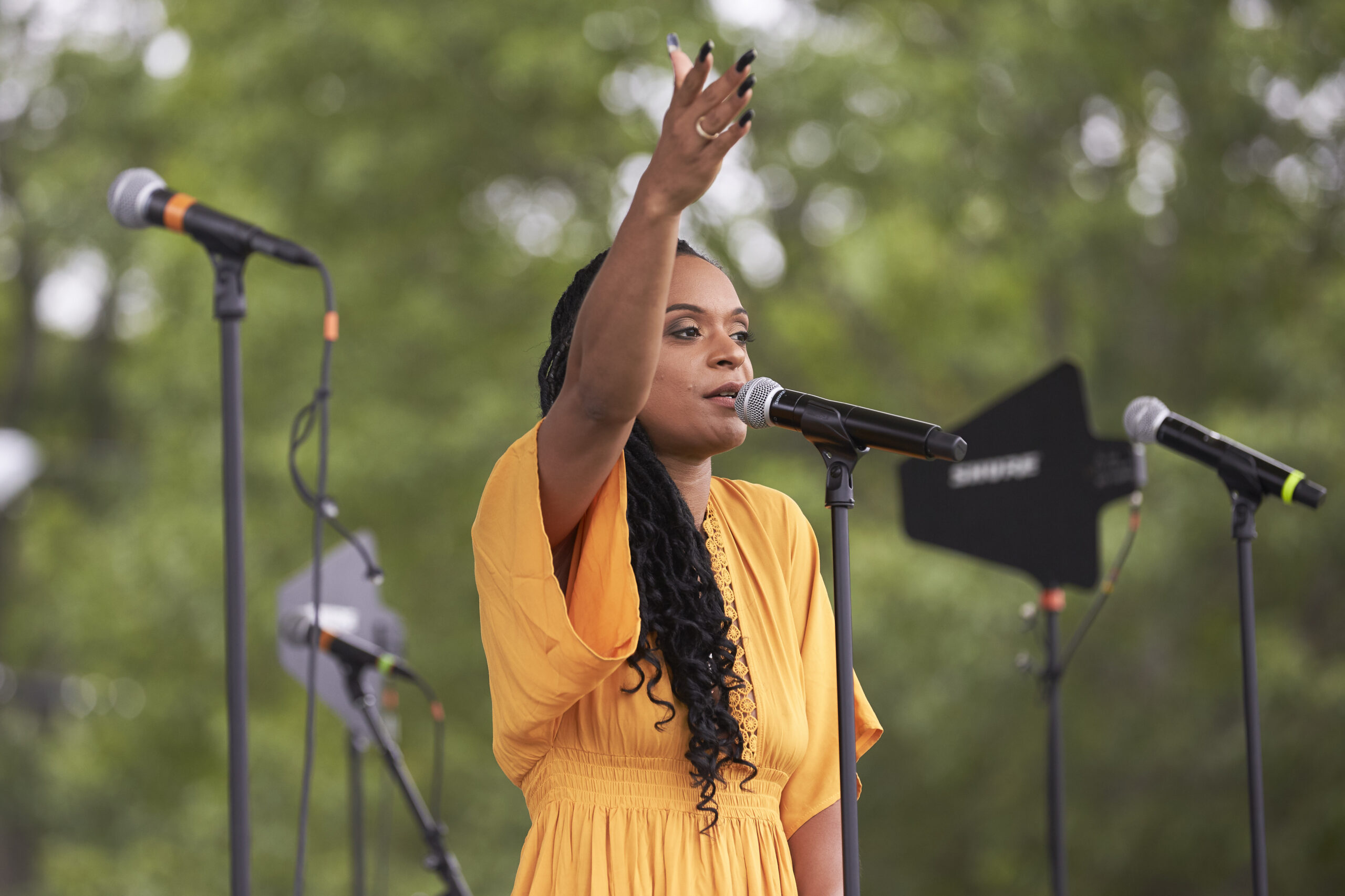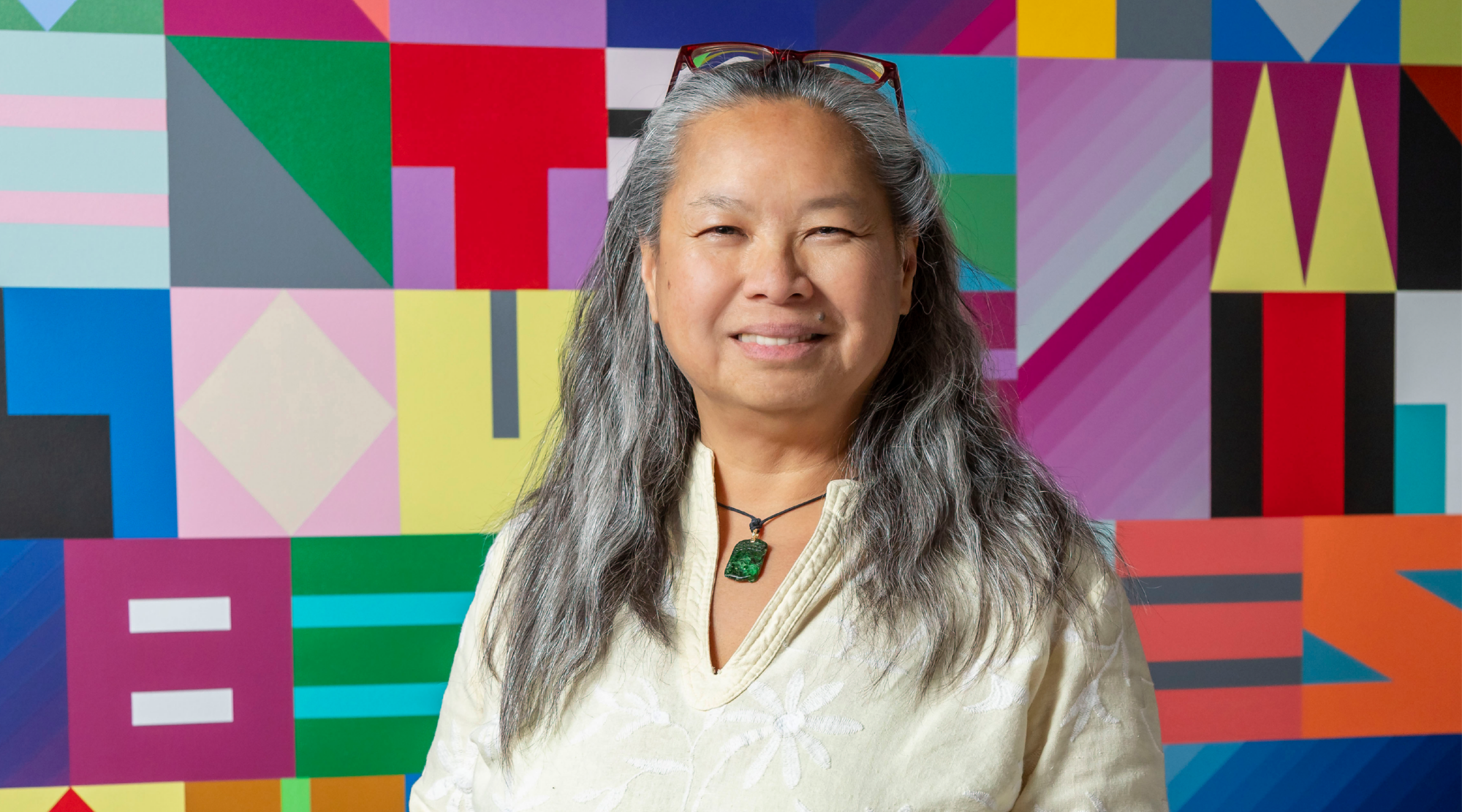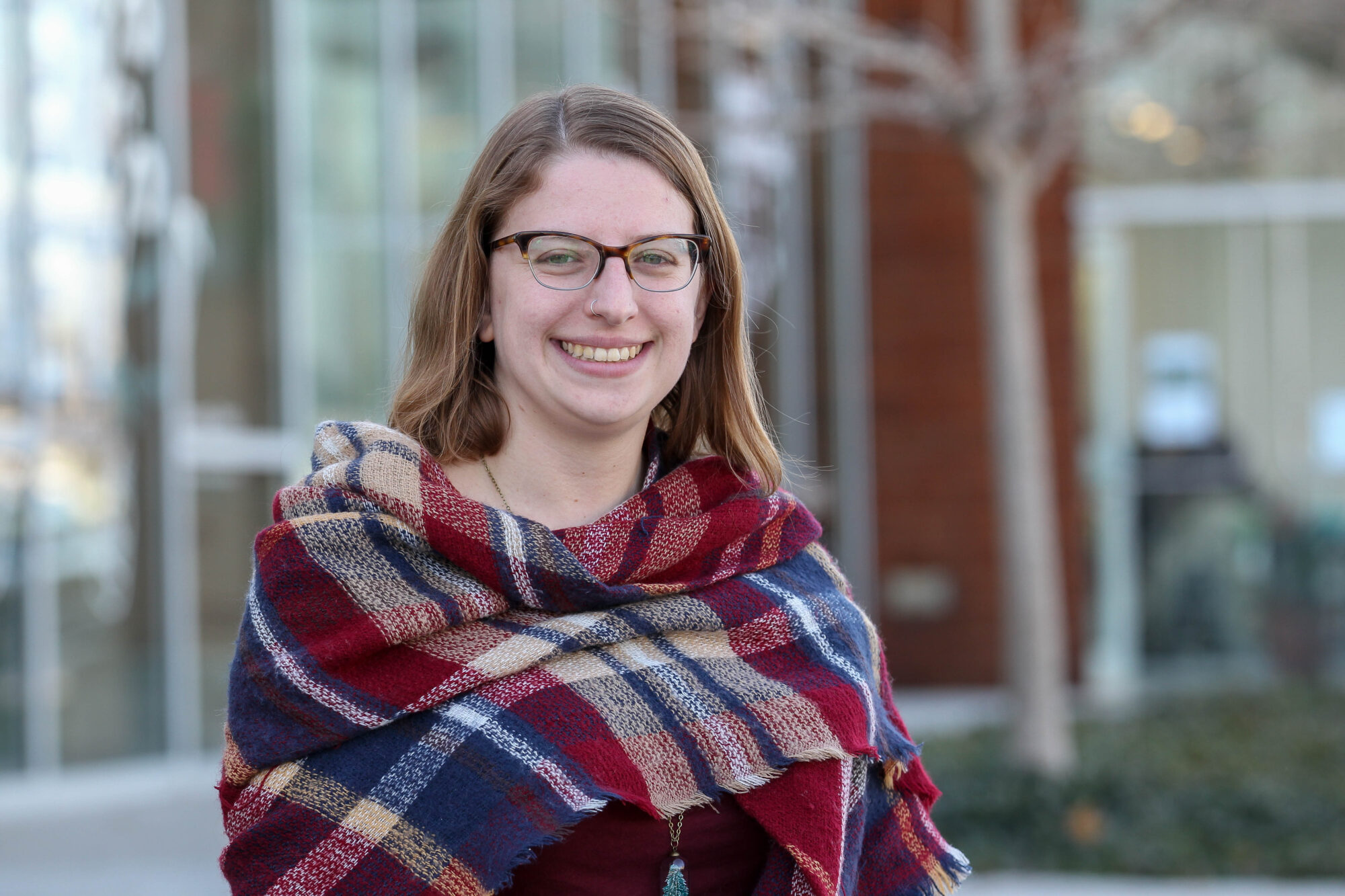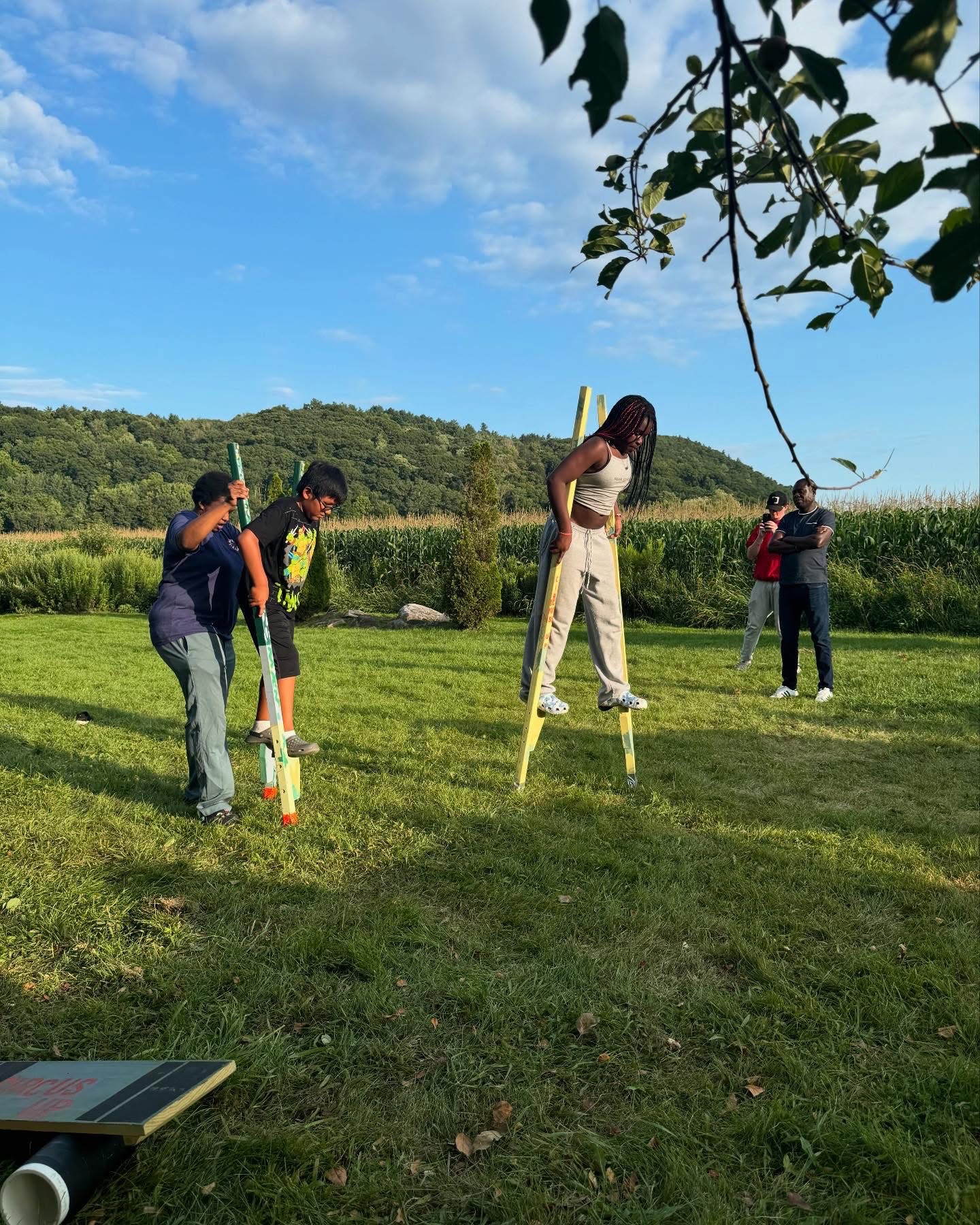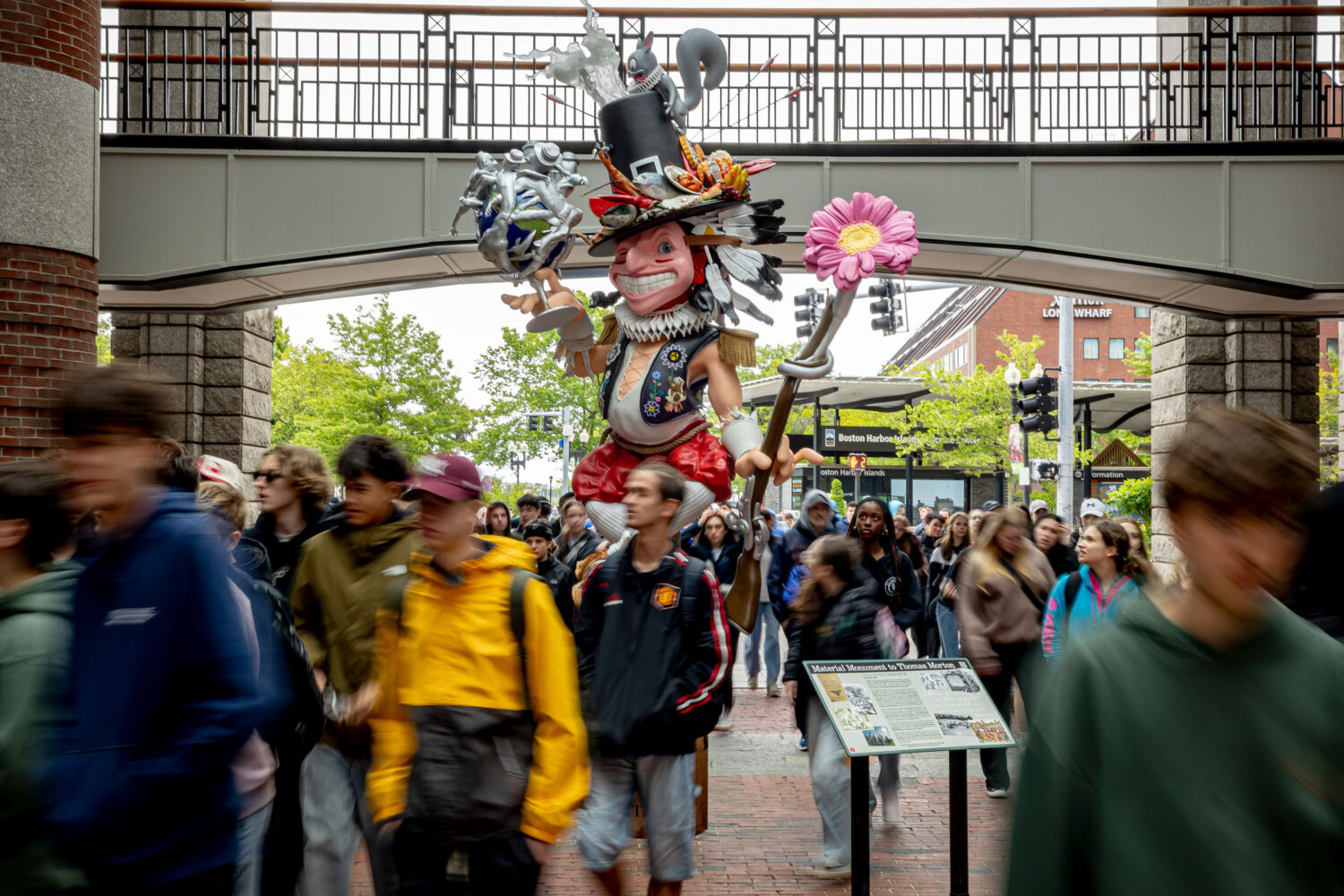Earlier this month, the Boston Foundation hosted an online forum featuring a new assessment of Live Arts Boston (LAB). Launched in 2017 as a partnership between Barr and The Boston Foundation, LAB has now supported 245 projects by individual artists, groups of artists, and small arts organizations in Greater Boston. These artists represent a remarkable diversity of races and ethnicities, backgrounds and stages in their careers, and their work spans a wide variety of artistic disciplines. Since 2017, the LAB program has also grown and evolved, providing artists and arts organizations not only with over $3 million in grants, but also with a range of supports to elevate their practice, professional profile, and financial health. LAB has also adopted a participatory approach to grantmaking – engaging members of Greater Boston’s arts community in the application-review and decision-making process.
To understand what the impacts of LAB have been for grantees, as well as for the larger ecosystem of artists in Greater Boston, we commissioned Barbara Schaffer Bacon and Pam Korza of Animating Democracy (a program of Americans for the Arts) to conduct interviews and focus groups with LAB grantees, to review grant applications and final reports, and to document the ways in which the program evolved during its initial three-year pilot phase in response to grantee feedback and to our changing context.
LAB responded directly to two major developments in 2016 for arts and creativity in Boston and Greater Boston. The first was a study commissioned by The Boston Foundation showing the vast majority of funding for arts in Greater Boston (including from individual donors and from institutional philanthropy) went to a few large arts organizations. This made it enormously challenging for individual artists and small companies to continue doing their work here, and to make Boston their creative home. The second development was Boston Creates, which was Boston’s first-ever cultural plan. Among its overarching goals was to create “fertile ground for a vibrant and sustainable arts and culture ecosystem” – including redressing this imbalance in local arts funding.
A global pandemic, profound economic downturn, and widespread uprisings for racial justice have all deeply affected the arts sector – and especially individual artists. They have also made it clear how much people and communities need creativity and cultural expression.
This is why we have sustained our commitment to LAB. In June, we announced the newest class of LAB grantees, our fourth cohort, and in the coming months, we will announce the next opportunity to apply for LAB funding in 2021.
In response to this uniquely challenging year, LAB artists are creating new work we know will help us to find meaning, to heal, to imagine a more just future, and to feel inspired and emboldened to bring that future into being. Guided by what we’ve learned in these first years, we hope LAB can help fuel these artists as culture-bearers, innovators, and community leaders for years to come – and that the positive impacts documented in this report will inspire others to invest more deeply in artists as well.
To learn more about LAB, LAB artists and their work, eligibility and the application process, and to review the Animating Democracy report, visit the website below.
You can also view the recording of the October 15 Boston Foundation Forum below:
